As an animal lover you probably already know about the unique black and white Giant Panda (Ailuropoda melanoleuca), it has captured the hearts of many worldwide, but what about an equally adorable and closely named species the Red Panda (Ailurus fulgens)?
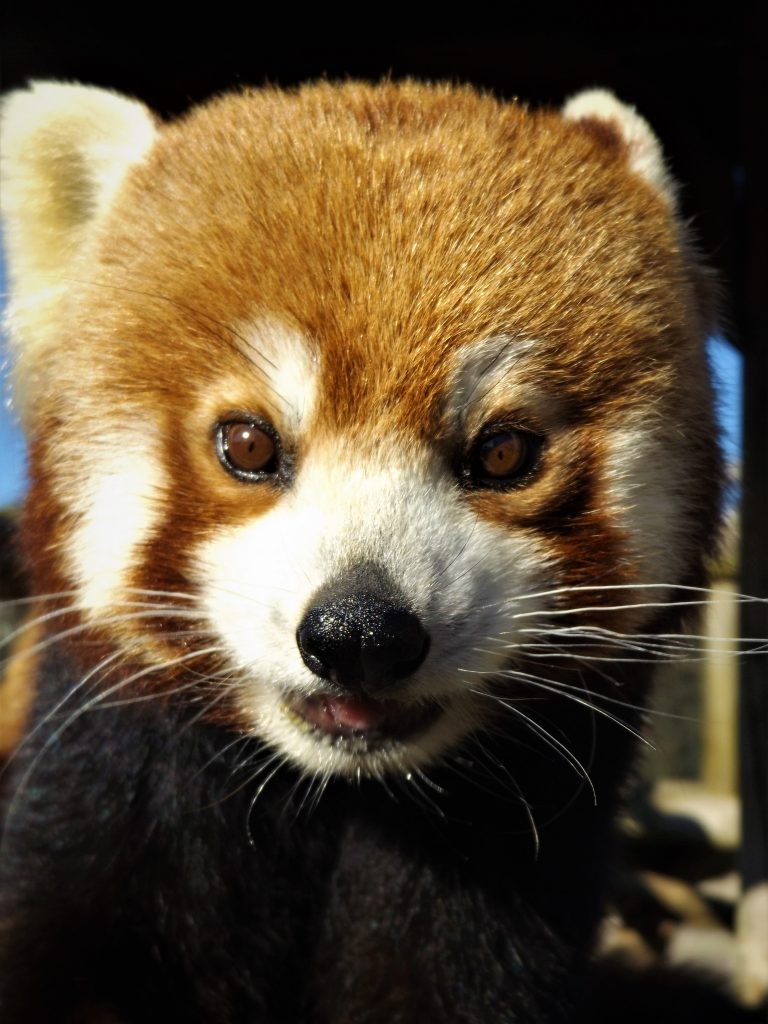
The better known Giant Panda gets a lot of media attention and is the focus of intense conservation efforts, unfortunately the red panda is not so lucky and in fact, is currently under threat.
Mai Xlang (or Mai, as she’s affectionately referred to by keepers) is our resident female at the park, she has been with us since she was 9 months old and came to us from Colchester Zoo. During her time at the park she’s had a couple of boyfriends, her first was Jasper and her second was Raymundo. In 2015 we were excited to also welcome her two cubs, Hugo and Kush. However, at the time that the boys were born we had a slight Jeremy Kyle situation going on, as two weeks prior to the birth our two males had been swapped around.
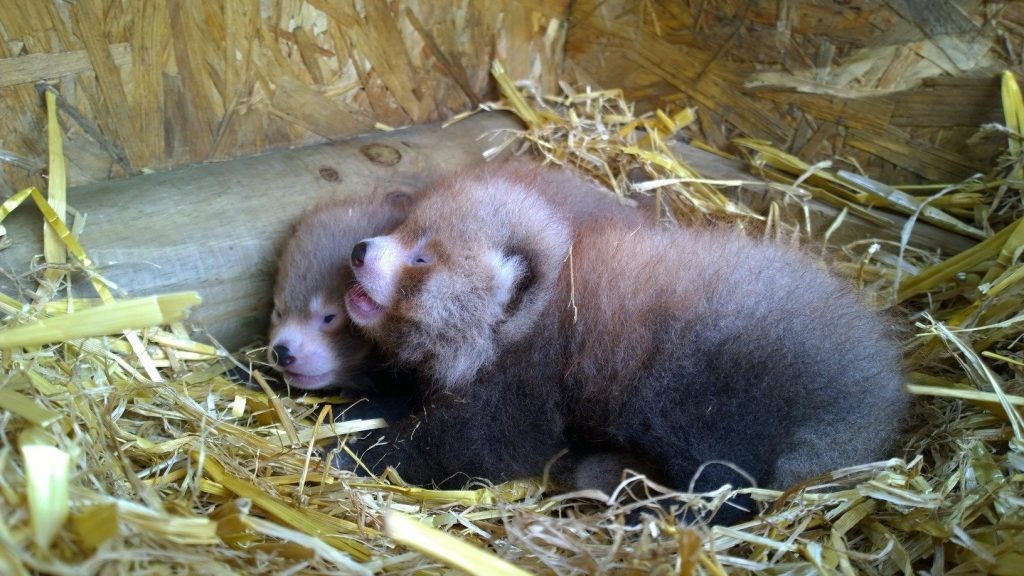
Following the EEP (European Endangered Species Program) recommendations Jasper moved to Banham zoo and in exchange we received their male, Raymundo.
So Who’s the Father?
All joking aside it takes a little longer than two weeks for the gestation period to happen, so there was no need for us to ask the boys to take any lie detector tests, Jasper was the real father and Raymundo acted as a brilliant step dad.
The babies have since moved on to another collection and sadly Raymundo passed away in 2017. Some visitors voice their concerns about Mai being on her own but they are territorial and in the wild are solitary, except during mating seasons. In captivity it is slightly different as they are on breeding programs and therefore often paired up for breeding.
We hope to get her a new boyfriend when the time is right but it’s not as simple as going out to Tesco and buying one. We have to wait for a suitable match/recommendation from the studbook keeper who’s in charge of all the Red Pandas in Europe on the breeding program to give us the green light, so only the best for Mai!
She is a very sophisticated and fussy lady, maybe the fact that she is an Essex girl has something to do with it (not only is she fussy with her men but also with her food as well). These traits are shown through her unique palette and the sweet tooth she has acquired over the years- when it comes to her fruit only the sweetest grapes, pears and plums will do and the apples MUST be pink ladies. I myself like a pink lady so I know where she’s coming from with this. However, as beautiful as she is, we do try to not spoil her too much and will introduce other varieties of apples to her.
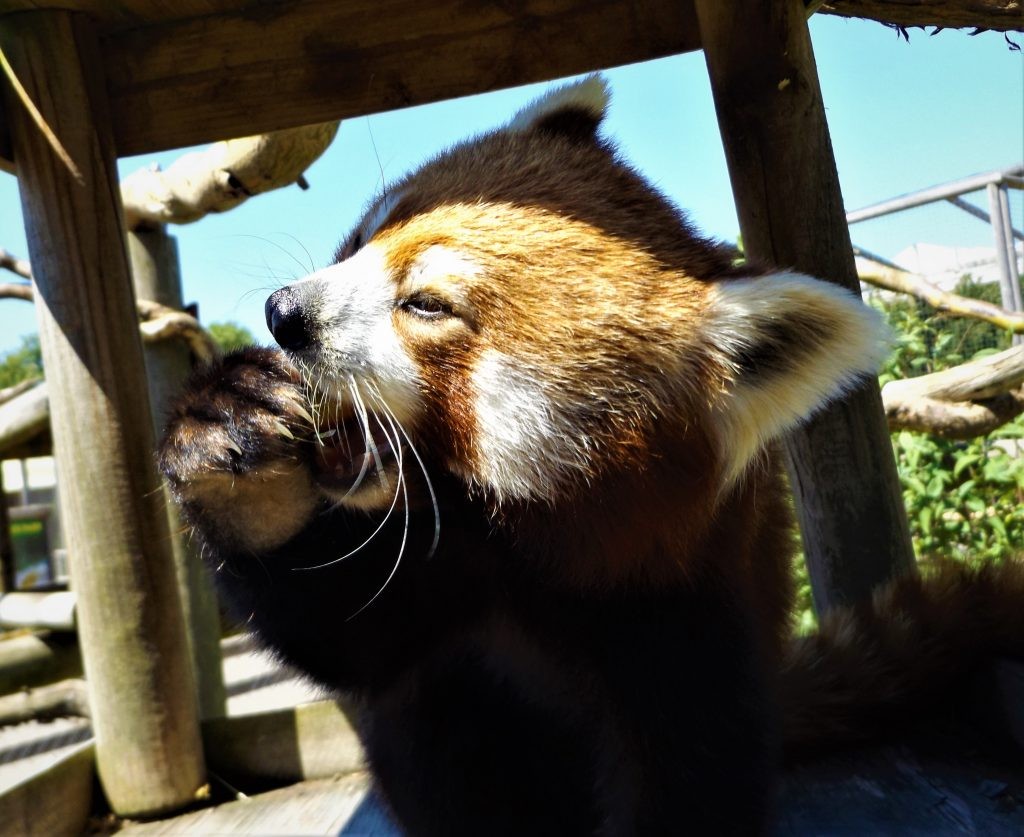
The Original Panda
The red panda is native to parts of the eastern Himalayas in Nepal, India, Bhutan, Myanmar and in western China and there is no other animal on earth quite like them, they are so unique that taxonomists struggled for years to classify them.
I often hear ‘look at that red badger’, ‘is that a fox’ and ‘is it a bear, raccoon, or what on earth is it?’, sooo let me tell you!
The red panda is the only living species of the genus Ailurus and the family Ailuridae. They were previously placed into the raccoon and bear families, but phylogenetic analysis provided strong support for their taxonomic classification to be placed into their own family, Ailuridae. This is a part of the superfamily Musteloidea (weasels, raccoon and skunks) and is not closely related to the Giant Panda as that’s in the family Ursidae.
Their shared name is simply rooted in their eating habits, as the word ‘panda’ comes from the Nepalese word, ponya meaning ‘bamboo eater’. In fact, red pandas received their name 48 years before giant pandas were even catalogued.
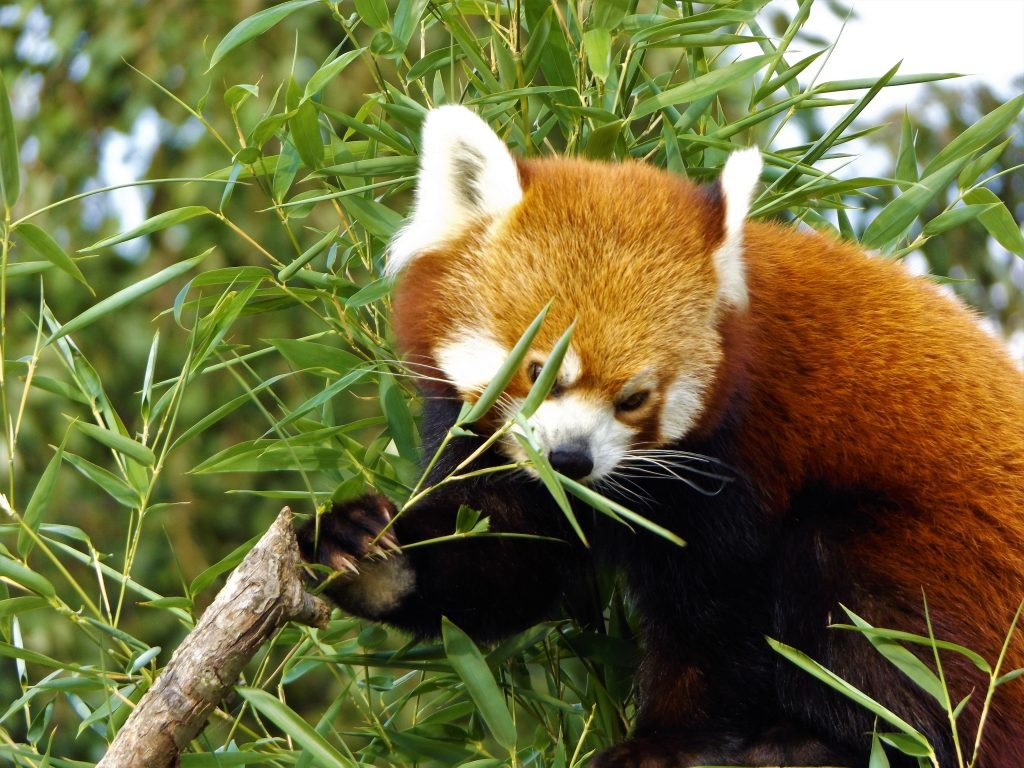
Red Panda’s in the Wild
Red Pandas are an umbrella species, efforts to preserve them and improve their surroundings and well-being have a positive but indirect effect on other creatures inhabiting the same environment. Conservationists use the the species welfare as an indicator for the overall success of ecosystems in the Eastern Himalayan Broadleaf Forest. Other animals that reap conservation efforts from the panda include hundreds of birds species, leopards, yellow throated martens and many of these animals are unique to red panda habitat.
Sadly the red panda is listed as Endangered on the IUCN Red List because the wild population is estimated at fewer than 10,000 mature individuals and continues to decline due to habitat loss and fragmentation, poaching and inbreeding depression. They are important to their ecosystem because their activities contribute to healthier forests, these beautiful creatures have just as much right to live on this planet undisturbed as we humans do.
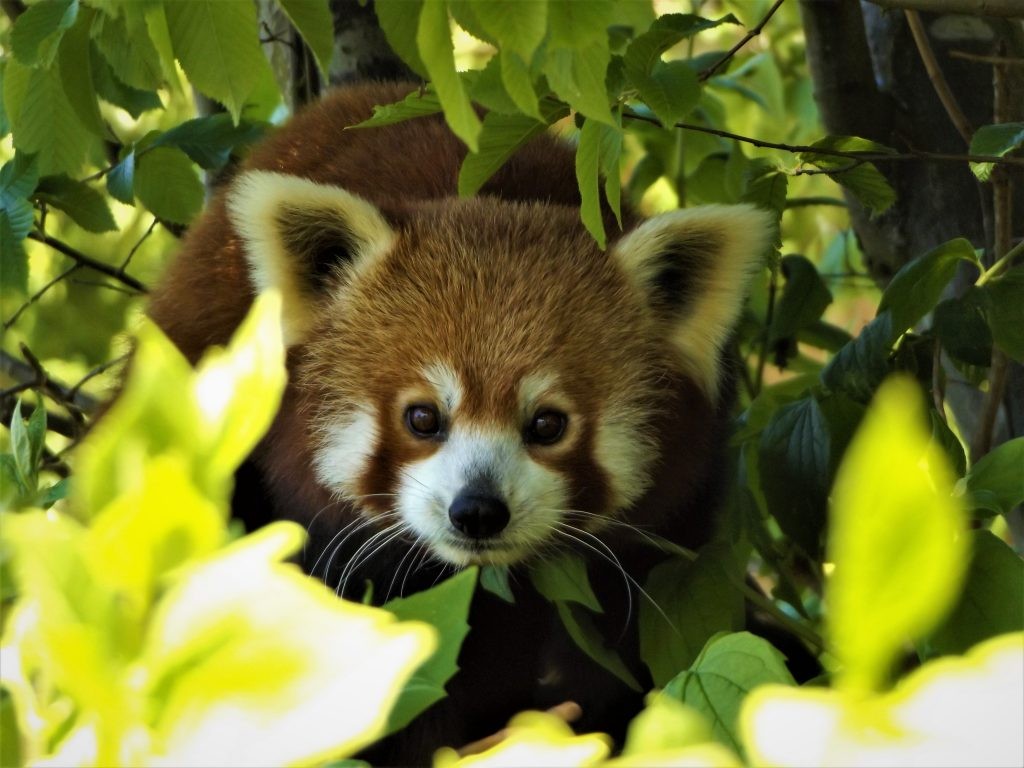
If you would like to be able to feed Mai some of her favourite foods yourself, please have a look at our unique red panda experience or you can adopt Mai for a year to help provide her with everything she needs.


